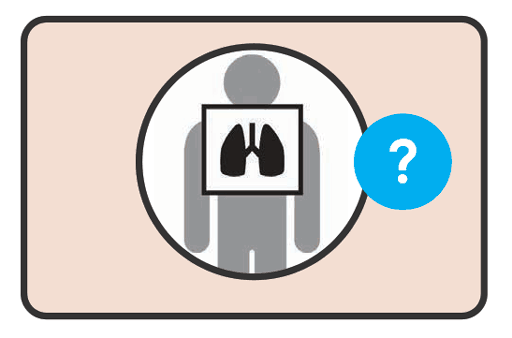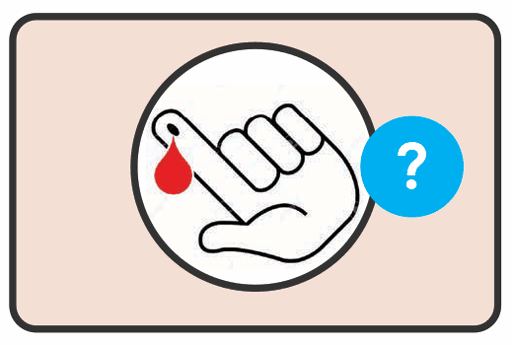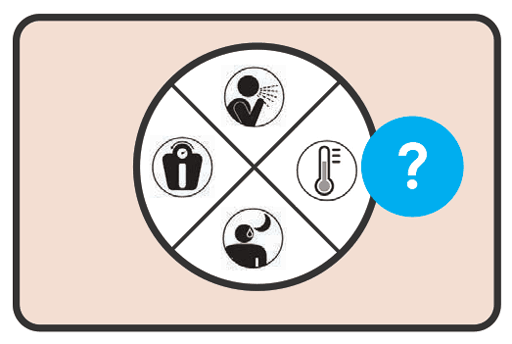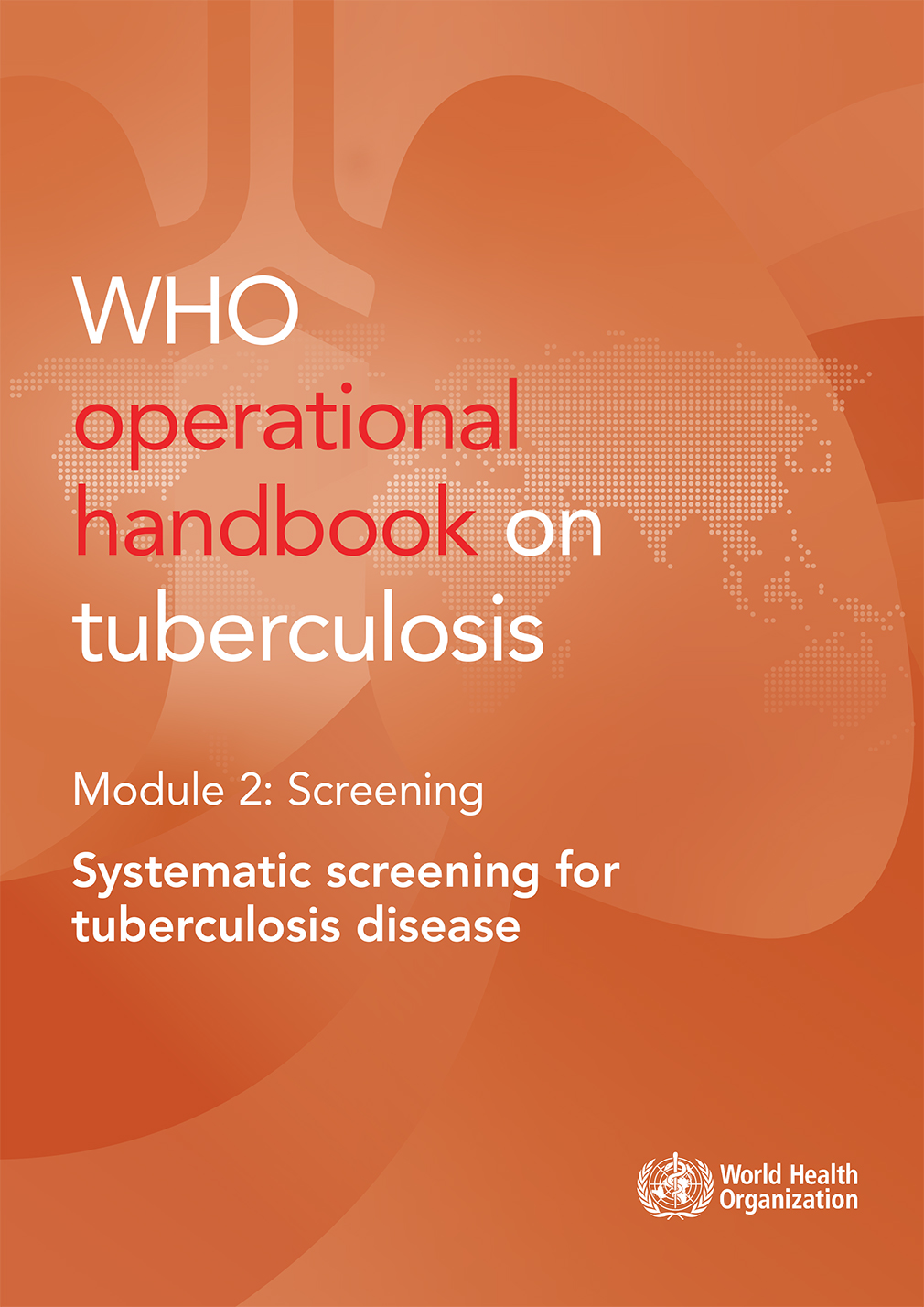5.2.4 WHO-recommended rapid molecular diagnostic tests
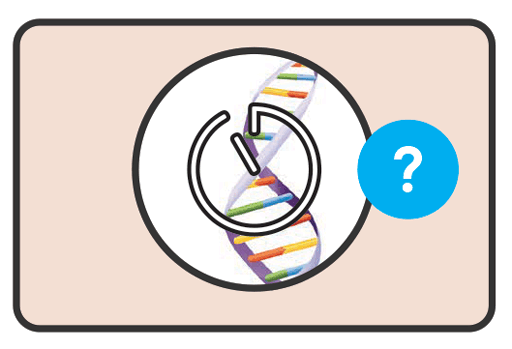
mWRDs are now also recommended for screening people living with HIV. (See 3.1.4 for a full description of their use in screening). A positive mWRD screen result in a person with HIV must be followed by further diagnostic evaluation to confirm or rule out TB.

 Feedback
Feedback
